Interactive Components new product launch

The de Pala 3-way 633BED Diverting Zone Valve has successfully achieved Kiwa UK Regulation 4 Product and WRAS approval.
The De Pala 3-way 633BED Diverting Zone Valve with 2x15mm compression and 1x1/2” BSP female port with a maximum working pressure of 16.0 bar and customer specified maximum operating temperature of 85°C and fitted with a 24Vdc actuator with 12 second actuation time for 90 degrees of rotation, has successfully achieved Kiwa UK Regulation 4 Product and WRAS approval.
Both the valve and actuator were tailored to meet a customer specific requirement of an integral off position between the diverting positions and will be used in conjunction with a standard De Pala 2-way 642BED on/off valve with 42mm compression fittings and standard 12 second actuator.
The original specification called for an actuated 2-way on/off 15mm compression fittings isolation valve to be used in conjunction with an actuated 3-way 15mm compression fittings diverting valve. By modifying a standard 3-way diverting valve and actuator head to incorporate the isolation function of the 2-way 15mm valve, the customer has saved a large proportion of the additional cost of the 2-way isolation valve in their system.
For information on the extensive range of De Pala valves and actuators for use in HVACR applications, please contact Interactive Components Limited.







